The second RIPE Atlas hackathon took place in November 2015 in conjunction with the RIPE 71 meeting. Impressive results were hacked together by programmers and operators during an intensive weekend of work and fun in Bucharest. In this article we celebrate the hackathon achievements and report about the benefits for the community in detail.
Introduction
At the DataViz hackathon in March 2015 , we learned that hackathons are fun and productive, and decided to organise another one .
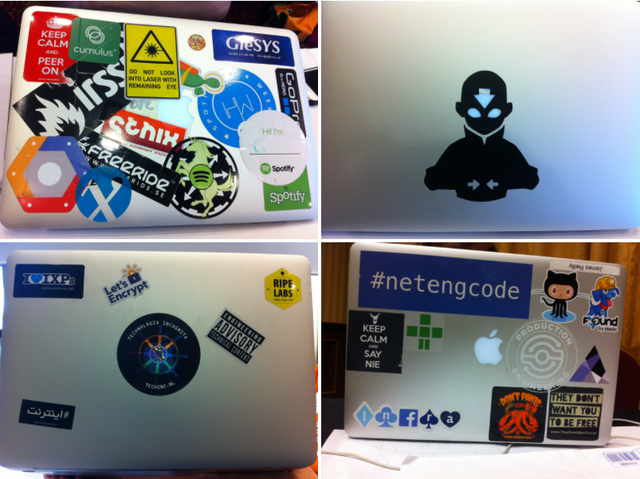
Figure 1: Becoming a tradition at RIPE Atlas hackathons: interesting laptop covers
These were the characteristics of the second hackathon:
- The intended focus was on tools for operators
- Although results varied from hardware to websites to operating-system-specific packaging
- The venue was "away from home" for the RIPE NCC staff
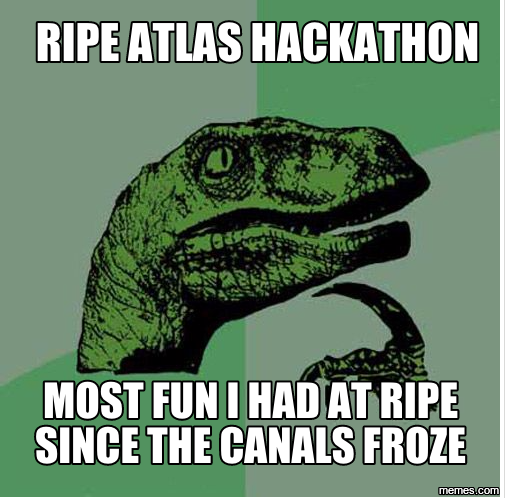
- The hackathon was next to another event: the RIPE 71 meeting which had the following advantages:
- The participants continued working even when the hackathon was officially over
- Every team got an opportunity to present their work to a wider audience
- There was less time between the announcement and the event, and as a consequence
- It was a bit more difficult to secure sponsors
- There was not enough time to invite more diverse participants (women, non-techies)
- There was no funding to reimburse travel expenses
Therefore, the participants were representatives of the more traditional technical audience, characteristic both of RIPE Meeting attendees and of RIPE Atlas users: male engineers. We did not have female participants, and also no designers, scientists or students. Something to improve for the next time.
We are very grateful to Facebook and Akamai for their generous support of this even t.
Also b ig thanks to Michela Galante who did all the logistical organisation before the hackathon but was not in Bucharest during the event to enjoy it! And the RIPE Meeting setup team, who made sure we had good Internet connectivity during the weekend before the RIPE Meeting even started.
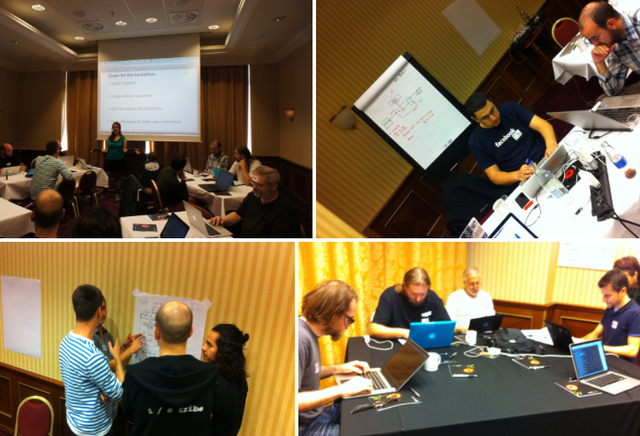
Figure 2: Teams at work
Results
One of the most useful results for the future of RIPE Atlas was the opportunity for the developers to talk with actual users. Many new features and improvements will appear as a result of this interaction .
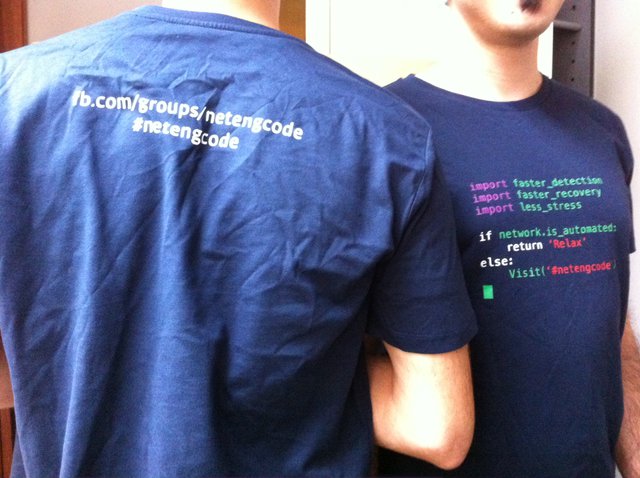
- Five final projects were presented
- The main prize was a box of stroopwafels
- All participants received RIPE NCC and Facebook t-shirts
YIN-YANG ninjaX tracerouting
Edward Zambrano (Spotify), Orlin Tenchev (Sofia Connect), Sascha Bleidner (DE-CIX) and Rickard Östman (Spotify) formed t he YIN-YANG ninjaX tracerouting team. They tackled the troubleshooting of two-way connections by performing two traceroutes between RIPE Atlas probes (from source to destination and back again). They then visualised both traceroutes on one graph. In addition to using RIPE Atlas data, the team also used PeeringDB (to identify IXP networks) and RIPEstat (for mapping IPs to ASNs). The following material is available: the code , the p resentation slides and the video of the presentation .

Figure 3: The YIN-YANG results and team
ASN Tryst
Alexander Isavnin (Open Network), Dmitry Kohmanyuk (hostmaster.ua), Martin Levy (CloudFlare), James Reilly (Facebook) and Christian Teuschel (RIPE NCC) wrote the ASN Tryst - an ASN to ASN interconnect viewer, which takes a closer look at RIPE Atlas traceroute data in order to find relations between networks and show where one ASN interconnects with another. The following material is available: the website of the project , the code , the presentation slides , the video of the presentation and a blog post on the APNIC Blog.

Figure 4: The ASN Tryst results and team
Multihomed probe
Alexandru Manea (Facebook), Vladislav Bidikov (UKIM), Randy Bush (IIJ) and Brendan Cleary (Facebook) performed a "mobile hack", connecting a RIPE Atlas probe to both 3G network and conventional ethernet, and then "tricking" the system to re-route the measurements over another, mobile connection. The following material is available: presentation slides and the video of the presentation .

Figure 5: The multihomed probe
Atlas Shrugd
Shane Kerr (BII), Collin Anderson (MLabs) built an alternative resolver - emulating DNS resolution using RIPE Atlas. The goal was to query alternative root name servers, such as the Yeti Project. The following material is available: the code , the presentation slides and the video of the presentation .
OpenBSD port
Florian Obser (RIPE NCC) completed porting RIPE Atlas command-line-interface (CLI) tools to OpenBSD. It is available in the ports tree .
And the winning project is...
After long deliberation in the smoked-fill back-room, the jury made a decision: the project team that was most convincing and enthusiastic, with a refreshing view on the old problem for many operators (asymmetric paths): YIN-YANG tracerouting !!! It was encouraging to see the relative newcomers to the RIPE Atlas community to achieve such impressive results during one short weekend. Congratulations to the winners, who "earned" the presentation slot in the MAT Working Group and, of course, the box of stroopwafels!
Having fun
"The RIPE Atlas hackathon was the most fun I had at RIPE [meetings] since the canals froze" (Randy Bush).
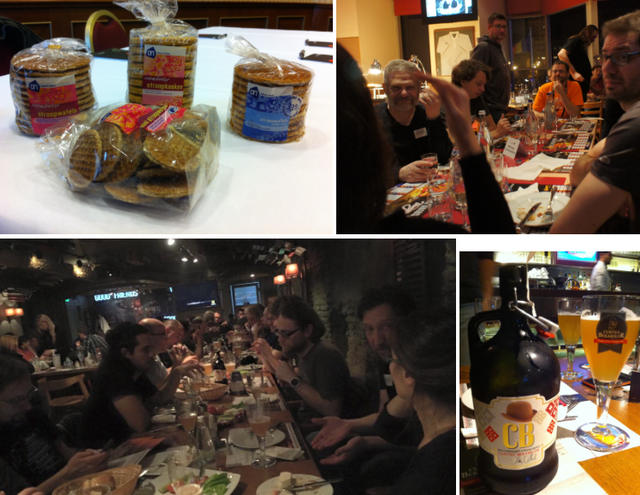
Figure 6: Having fun!
Future plans
So far we plan to have two hackathons in 2016, which will probably result in four or more ;-) Save the date, registration will be open soon:
- Live BGP measurements and monitoring , 6-7 February 2016, by CAIDA, RIPE NCC, et.al. in San Diego, USA
- RIPE Atlas and tools for IXPs: 12-13 May, hosted by DE-CIX, in Frankfurt, Germany
If you are interested in helping us organise yet another hackathon by offering the location, financial support or any other help, please get in touch !

Figure 7: The Winning Team
Archive
All results are available on Github .
Communication
- Original announcemen t and list of participants
- IRC channel: #ripeatlas @ Freenode
- The RIPE Atlas tools hackathon mailing list
- Webinar recording
- Facebook group
- Etherpad
- Documents


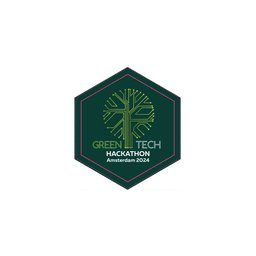
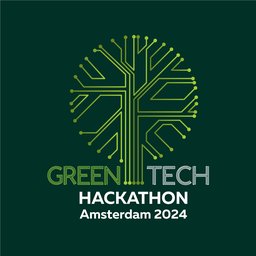
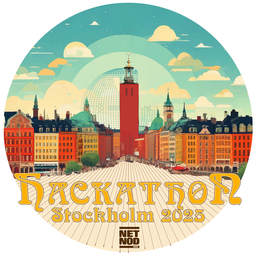
Comments 0
The comments section is closed for articles published more than a year ago. If you'd like to inform us of any issues, please contact us.